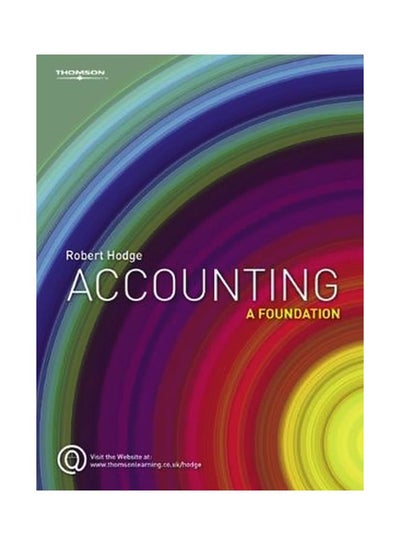672.00EGP
638.40-
Lowest Price 638.40
-
Highest Price 672.00
-
Recent Price Raise 5.3%

672.00EGP
638.40